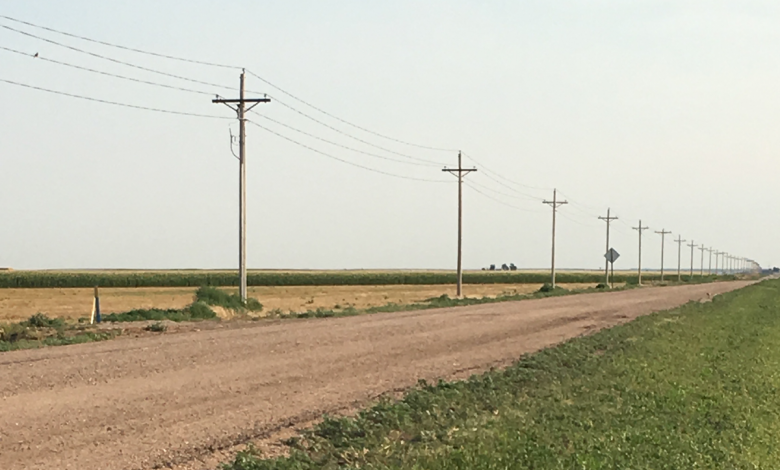Bringing High-Speed Wireless Internet To Rural Areas
Unlimited wireless internet for rural areas.

Efforts to expand unlimited wireless internet for rural areas have been ineffective so far. Could 5G or Satellite Internet Change the Game for People Interested in Working From Home?
If you read a vacation rental offering for a remote region, you may notice that “no internet connectivity” is listed as a benefit. Such marketing bravado may work for a weekend getaway. Still, the absence of rural internet connection in the form of fast and dependable broadband is a deal-breaker for anyone searching for a permanent residence.
Wireless services are rapidly seeming to be a viable option. For landowners and investors, this may be excellent news.
Access to the wireless Internet in Rural Areas
The federal government’s plans to increase rural wireless internet access through wired broadband are enormous on paper but sluggish in practice. The Federal Communications Commission created the $20.4 billion Rural Digital Opportunity Fund initiative in 2020 to bring the internet to regions where it is presently unavailable. However, due to a contentious decision, none of the money will go to communities that have previously received support through a comparable USDA program or from state programs, even if that cash is insufficient. Land for development in those regions that do get money will almost certainly become significantly more appealing.
Some had pinned their hopes on Google’s fiber-to-the-home initiative, which combines fiber with localized Wi-Fi. However, this has been a disappointment for rural internet connectivity. Instead of targeting locations with limited infrastructure, Google has focused on heavily populated areas where there is a lack of competition rather than a lack of access.
The Benefits of Mobile Broadband
Outside of cities and suburbs, mobile broadband might make a significant impact. For rural supply, 5G mobile networks are a hot subject of discussion.
The great message is that the Federal Communications Commission is making 5G more likely to reach underserved communities. The first is reducing the amount of paperwork required to upgrade a 4G tower to the new technology. The second is eliminating government fees that carriers must pay to establish 5G networks in key cities. This money may theoretically be used to extend service to less populated regions.
“The Federal Communications Commission has made moves to increase the likelihood of 5G reaching underserved areas.”
The Next Big Thing: Satellite Internet?
The second great hope for rural internet access is satellite internet. Previously, it was a service that sounded fantastic in principle but failed to deliver on its promises. It was not only unreasonably pricey, but upload rates were also painfully poor, with latency being a big issue. Lag is a measurement of how soon equipment reply to a request and begins the transmission, rather than how rapidly data travels. When there is too much latency, services like video conferencing, which is becoming more popular, become painfully unproductive.
It remains to be seen whether these mobile technologies prove to be successful in the long term. Still, when evaluating land value, it’s essential to look at existing and future availability in an area. A rural environment with city-like communications might be the perfect situation for prospective inhabitants, making the location more crucial than ever.


